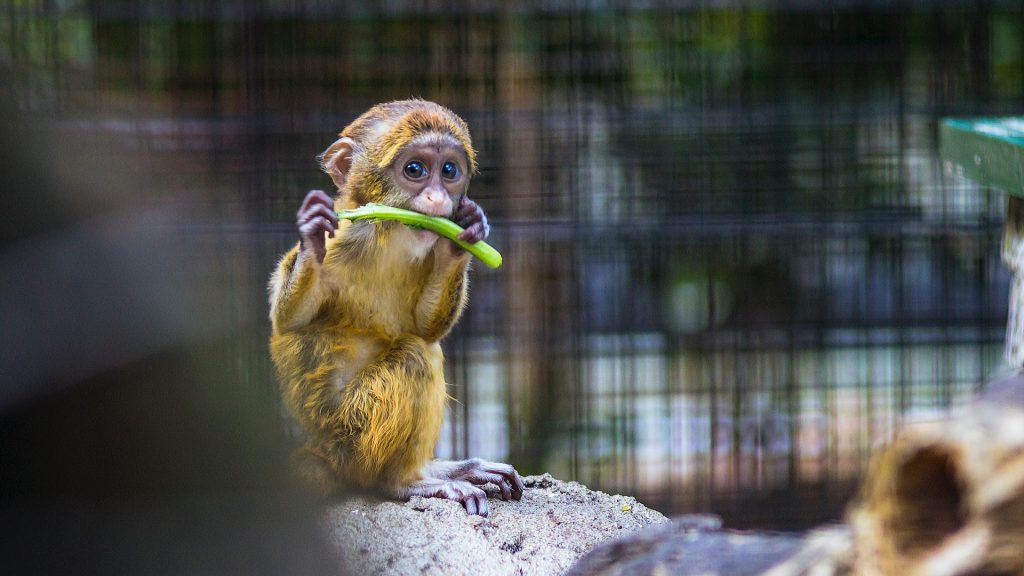This post is also available in Dutch.
Your hands and mouth often cooperate: if you try to thread a needle, you’ll probably stick out your tongue and, if you grab a ‘pepernoot’ tonight, you’ll also open your mouth. Where does this special friendship between these body parts come from?
Hands and mouth are connected
When you’re talking to somebody, chances are you’re not only using your mouth but also your hands. The opposite is true in sign language, where people largely communicate through hand movements but still often use their mouths. A study showed that motor and language skills are related: people who are more skilled in using a type of large tweezers also have better language skills.
What your hand does also affects your mouth
Not only do your hands and mouth often cooperate but one can also influence the other. An Italian study found that when people had to grab an object with their hands while simultaneously pronouncing a syllable (like “ba”), they unconsciously opened their mouths more when grabbing bigger objects. This also happened when participants simply looked at another person grabbing an object. The influence of the hands on the mouth is already observable from day 1: if you press on a newborn baby’s palm, chances are they’ll open their mouth (the so-called Babkin reflex).
Good to know: the opposite is also true
Conversely, your mouth’s behavior also influences your hands. When people read a letter that would result in a more open mouth during pronunciation (like “a”), they’re faster at grabbing a bigger object, like an apple. Whereas if people read a letter that’s associated with a less open mouth (like “i”), they’re faster at reaching for something small with their index fingers and thumbs. Researchers found this to be true for Finnish, Czech, and English speaking persons. When people perform this task, the brain shows mismatch negativity (measured with EEG) when participants see a mismatch between how much the mouth would open to pronounce the sound (for example, wide) and how much the hand opens to grab the object (for example, not so wide). This mismatch negativity is like an error message of the brain.
In the brain, there is no clear division
Speaking of the brain, could we look at its anatomy to learn more about the hand-mouth connection? Monkeys have a brain area that controls both their hands and mouths. If you stimulate this area, a monkey will bring its hands towards and open its mouth. The human version of that brain region is called Broca’s area. In humans, this area is involved in language comprehension and articulation, as well as in understanding and producing hand movements, like grabbing an apple. On top of that, it is also involved in understanding the meaningful hand movements we make when we talk.
Eating creates an alliance between mouth and hand
A possible explanation for why this hand-mouth connection exists in the first place is that when we eat – one of the most essential parts of our lives – our hands and mouths always cooperate. Perhaps, through that cooperation, they became physically connected; and then this connection also became heavily used as language evolved. So, if you celebrate Sinterklaas tonight, think about how important this hand-mouth connection is in your life, both when you eat pepernoten, as well as when you gesture with your hands when reading a poem aloud.
Credits
Author: Marlijn ter Bekke
Buddy: Floortje Bouwkamp
Editor: Ellen Lommerse
Translation: Felix Klaassen
Editor translation: Christienne Damatac
Image by Jimmy Chan via Pexels
